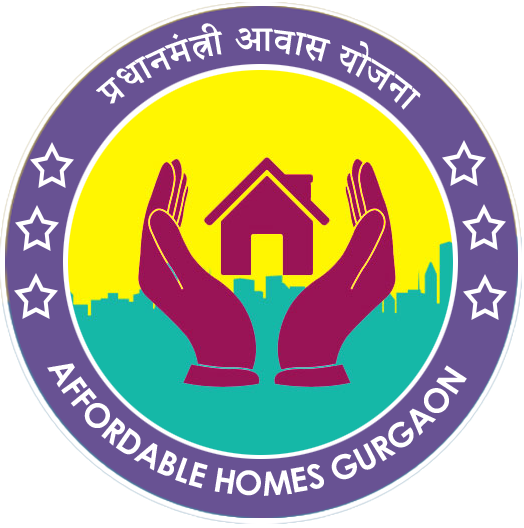HOUSING FOR ALL – INFRA PUSH FOR BUDGET HOMES

Construction of a number of flyovers on NH-8 (DelhiJaipur highway) and NH-2 (Delhi-Agra highway), along with the improvement of connectivity to cities like Meerut, Bulandshahr, Baghpat via Loni, Rohtak and other smaller cities and towns around the NCR will further boost this supply.
This will bring a large chunk of undeveloped land within easy distance from the main parts of towns and cities and bring down the cost of land acquisition, which will help build budget homes on a large scale.
Naveen Raheja, CMD of Raheja Developers, says that the cost of land is one of the major hurdles in constructing houses in the range of Rs 6-10 lakh, today, and the only solution is to bring far-flung areas within easy distance of the main towns and cities.
The NDA government has systematically put in places a slew of policies over the last couple of years and, through Budget 2017-18, it has given one of the biggest pushes to affordable housing through various tax incentives. The government has also given incentives to developers to focus on the construction of affordable houses.
Now, the only problem facing the sector is one of availability of land at competitive prices for the construction of these budget homes. If the FSI (constructible area) cost is Rs 1,500 per sq ft, how can a 400 sq ft house be built within a budget of Rs 10 lakh!–is the normal reaction of any developer. The government must lower the FSI cost down to Rs 500 per sq ft to achieve its objective, experts say.
An ICRA (rating agency) report says that the affordable housing segment, which has high-demand potential, has been for long underserved on account of inadequate supply and limited credit availability.
The central government has put in place key enabling legislations and policy measures like giving “infrastructure“ status to the affordable housing segment, has relaxed the criteria for eligibility of tax benefit under Section 80IBA, and has increased allocation for the Pradhan Mantri Awas Yojana (PMAY) programme.
If the land in the far-flung areas of towns and cities, where the cost is not very high at present, could be used for the development of affordable houses, the supply chain can materialize in the near future. Once this happens, a lot of big corporate houses would also enter the affordable segment in a big way to meet the demand, which would help in containing the haphazard and unplanned development.
Budget 2017-18 accorded “infrastructure“ status to affordable housing projects, which can help developers in getting credit at lower rates and on longer tenures, including from sources like external commercial borrowings. The cost savings from these would further incentivize projects in the affordable segment.
The profit-linked tax exemption for affordable housing projects was already announced in Union Budget 2016-17; however, the criteria for projects to be eligible for this exemption were seen to be restrictive and misaligned with the expectations of the developers.
For instance, a project had to be completed within three years from the date of approval by the competent authority. In case of delay in completion, the profit exemption availed in the previous years would be added to the taxable income in the year of completion. Moreover, the residential unit built-up areas could not exceed 30 square metres and 60 square metres, respectively, in metro and non-metro areas, to be eligible for this benefit.
However, Union Budget 2017-18 has proposed an increase in the timeline for completion of budget homes, to five years from the date of approval. In addition, the restriction on unit size has also been relaxed to a maximum carpet area of 30 square metres and 60 square metres (as against the earlier criteria based on builtup area).
The current 5-year deadline for completion of an affordable home project is better aligned to the execution cycle usual in housing projects and reduces the risks of non-compliance by developers.
The increase in maximum unit size will help developers expand their target customer base, as the new unit sizes would be attractive for middle-income groups also.
For instance, an eligible affordable housing project in a non-metro like Bangalore can have units with built-up area in the range of 900 square feet to 1,000 square feet under the new criteria. Many residential developers already have products with similar-size specifications targeted at the middle-income groups.
As the tax exemption criteria are largely based on carpet area and not the value of the apartment, this incentive could also be utilized by developers who are not specifically targeting the economically weaker and lower-income groups.
With these new measures, the availability of tax exemption will spur many developers in the organized sector to enter the affordable housing segment. Tata Group is already in the affordable segment in a big way.
